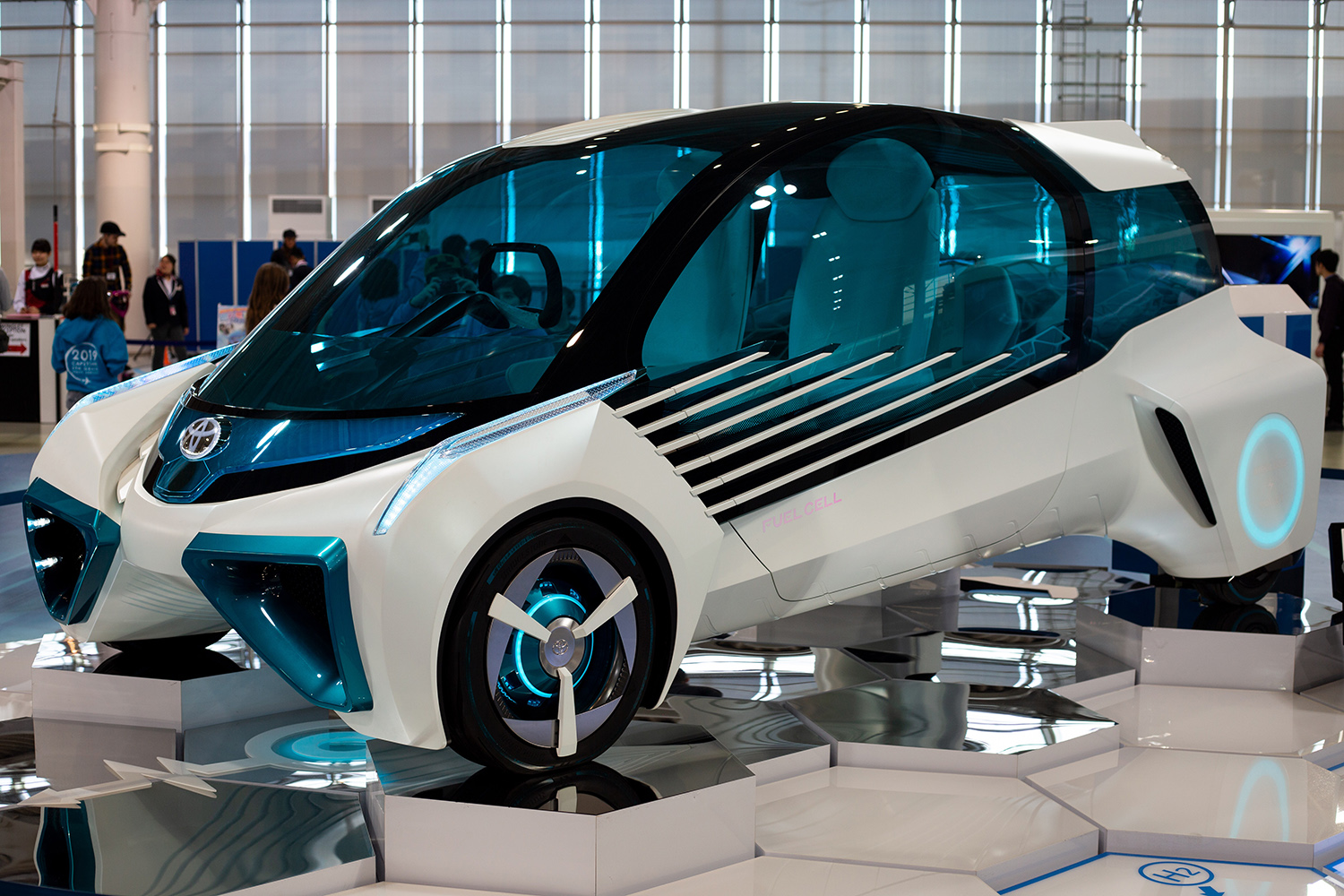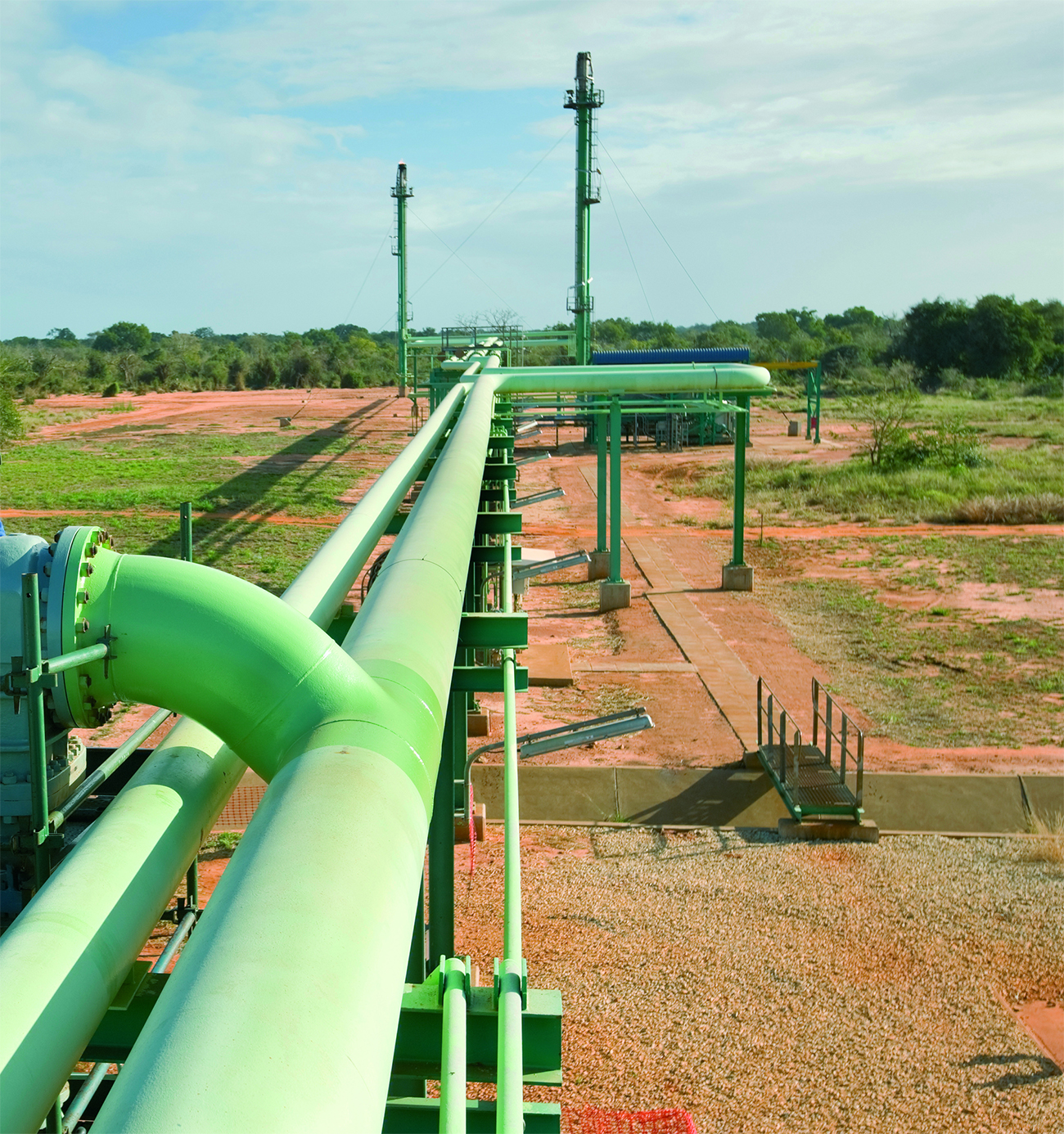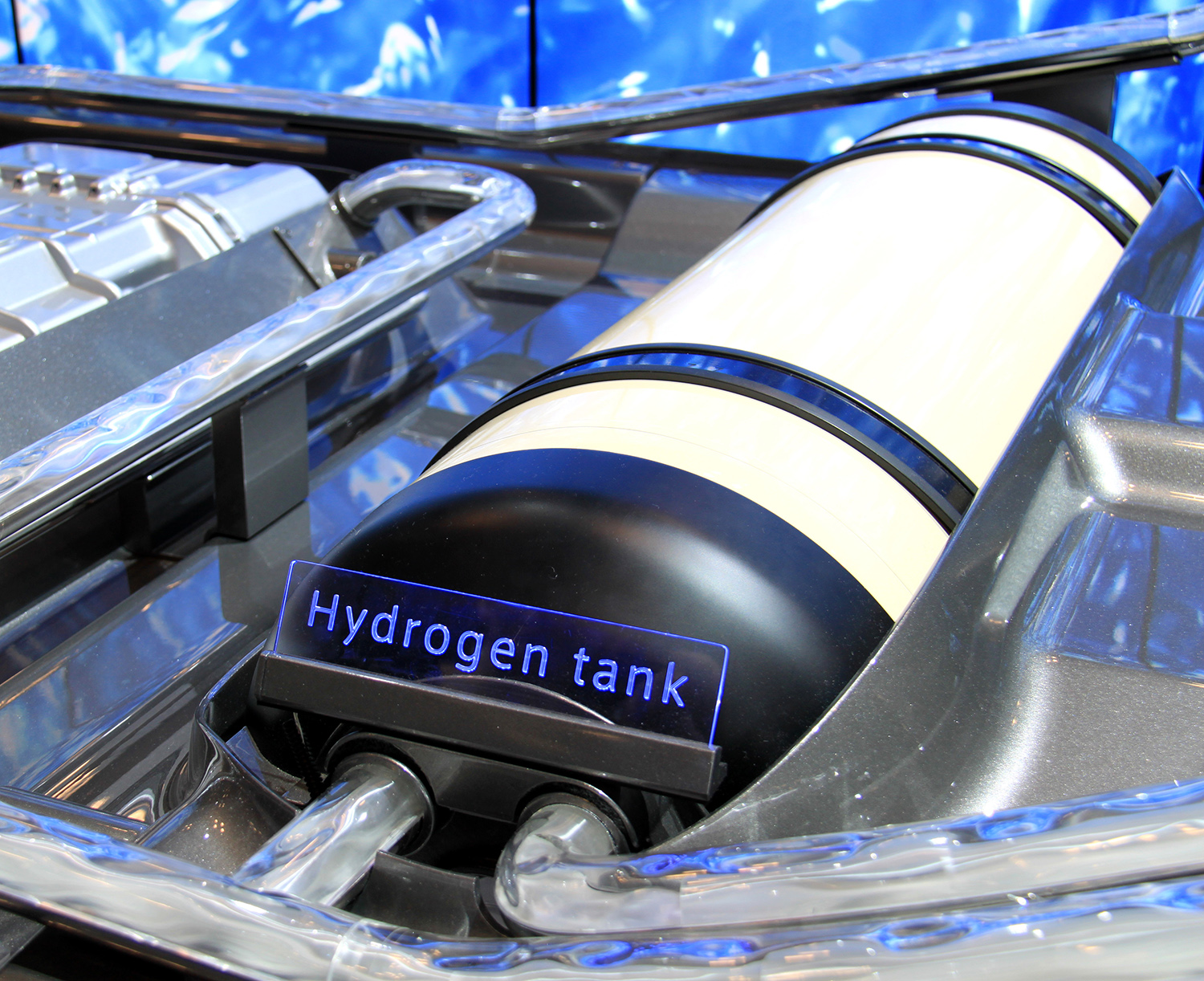Plastic waste: transforming a problem into energy
The linear life cycle of plastics, too rarely recycled, exerts a heightened pressure on the environment. The process of gasification makes it possible to reduce this impact by transforming more waste – currently incinerated or left in landfill – into useful resources like hydrogen or biomethane. Javier Escudero, process engineering researcher at IMT Mines Albi, aims to perfect this approach to make it easier to implement locally.
Plastic waste is so abundant, it is practically like rain. While we know well that it is piling up in landfills and oceans, an American study published in the journal Science has also shown that plastic particles are even in the air we breathe. Despite increased levels of pollution, international plastic production continues its explosive growth. However, at the end of the chain, the recycling industry has never managed to keep up with consumption. In France, the average recycling rate for all plastics is 28%, a percentage mainly obtained from bottle recycling (54.5% of the total). The vast majority of these materials is therefore incinerated or sent to landfill.
In order to respond efficiently to the plastic crisis, other forms of reuse or recycling must be developed. “Gasification means we can transform this waste into useful energy vectors, while losing as little material as possible”, explains Javier Escudero, Process Engineering Researcher at IMT Mines Albi. It is an alternative that contributes to a circular economy approach.
Some plastics not so fantastic
Rigid plastics used for bottles are generally made from a single material, which makes it easier to recycle them. For plastic films, which represent 40% of waste deposits, this is not the case. They are made from a multilayer combination of various plastics, such as polyethylene, polyurethane, and so on, sometimes joined with other materials like cardboard. The complex configuration of chemicals makes recycling such packaging too expensive. This means that in recycling centers, these products are overwhelmingly used for solid recovered fuel (SRF) – non-hazardous waste used for energy production. They are incinerated to feed turbines and generate electricity.
Another kind of waste that is ineligible for recycling is packaging from chemical products (industrial and mass market), considered hazardous. Some of the toxic compounds (chorine, sulfur, metals, etc.) are removed from the surface by pre-washing. However, certain atoms are absorbed into the material and cannot be removed by prewashing. This is where the advantages of gasification come in. “It makes it possible to process all plastics – SRF and contaminated ones – with less prewashing beforehand, as well,” emphasizes Escudero.
Moreover, this process has greater capacity for recycling plastic waste than incineration, as it produces chemical compounds that can be reused by industry, The synthesis gases can be burnt to generate energy (heat, electricity) with better yield than combustion. They can also be reprocessed and stored in the form of gas to be used as fuel (biomethane, hydrogen). To achieve this, one of the challenges of research is to observe the influence of pollutants, and therefore the composition of plastics, on products obtained from gasification.
Transforming materials down to the last crumb
Ground-up waste is compacted in the form of pellets, all the same size, to facilitate their transformation into gas in the gasifier. But if you want to recycle as much waste as possible, you need to adapt the gasification operating parameters, depending on the types of plastics contained in the pellets. For example, processing at a low temperature will break the long chains of polymers in plastic films. The molecules are then broken up again in the next step, as is done in petrochemistry. This produces a wide variety of products: hydrogen, methane, acetylene, and heavier molecules as well.
Processing at a higher temperature will produce more synthesis gas. However, it also produces more aromatic molecules like benzene and naphthalene. These compounds have a very stable structure and are very difficult to break into useful molecules. They may turn into soot – solids that build up in pipes – representing a significant loss of materials. The objective of Escudero’s research into gasification is therefore to combine the advantages of these two methods of processing, to avoid solid residue forming while producing as much gas as possible.
To do so, the researcher and his team are mainly focusing on gas injection, which breaks the molecular bonds of the materials being processed. Where and at which point in the process should injection take place? In connection to what? How does the material react? These questions, and many others, must be answered to improve the process. The gasifier at the Valthera technological platform, located at IMT Mines Albi and used for the tests, can process around 20 kilograms of material per hour. The process recycles not only the materials but also their energy. “Gasification reactions require energy to occur. This means that we use the energy stored in the materials to power their transformation,” explains the researcher.
Use less, convert more
Hydrogen and biomethane obtained through gasification directly power the goals of the French energy transition. Gasification therefore transforms materials made from fossil fuels into renewable energy. However, this process remains restricted to the context of research. “There are still many small aspects to study in designing gasifiers, to make them higher-performing and more mature for a certain amount of material. We are also going to concentrate on purifying synthesis gases with the aim of finding even cheaper solutions,” concludes Escudero. Gasification could supplement waste management channels at a local level. However, cost remains the greatest obstacle to small industrial actors adopting this method.
Anaïs Culot




